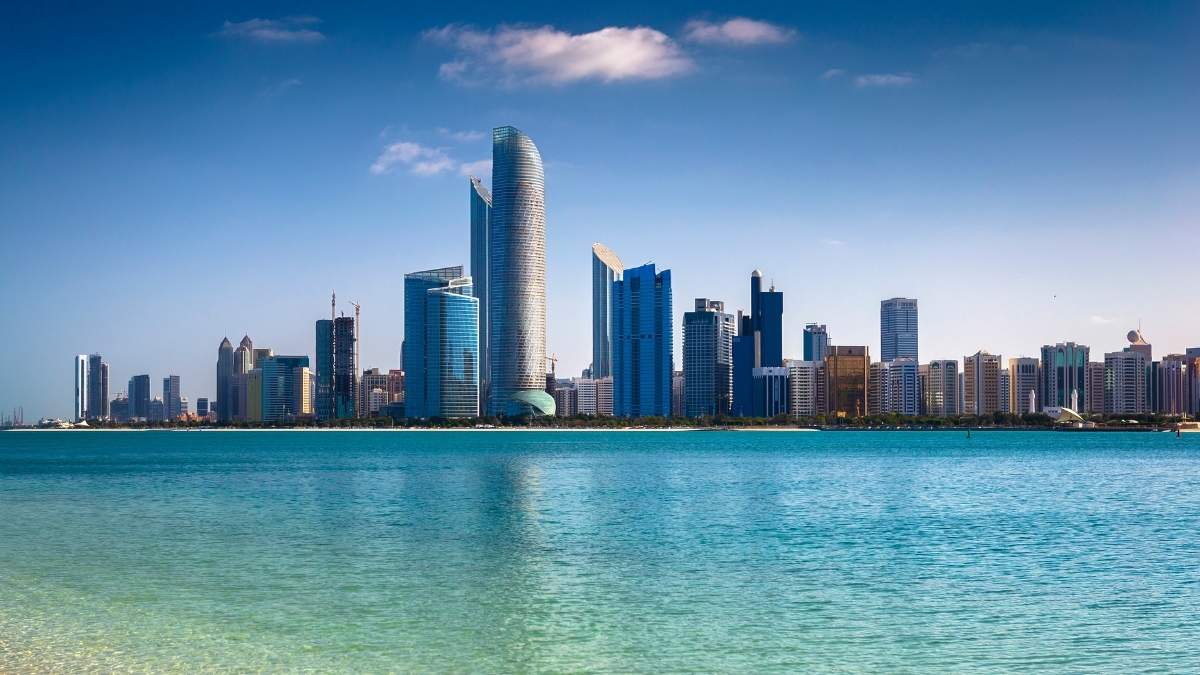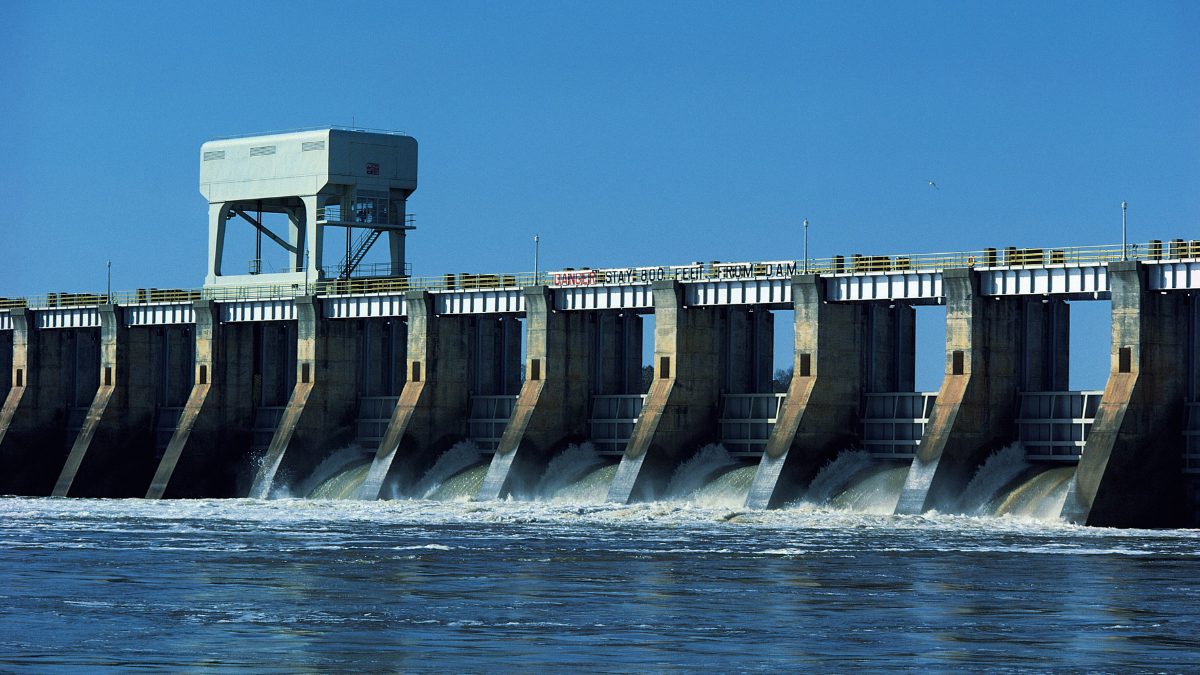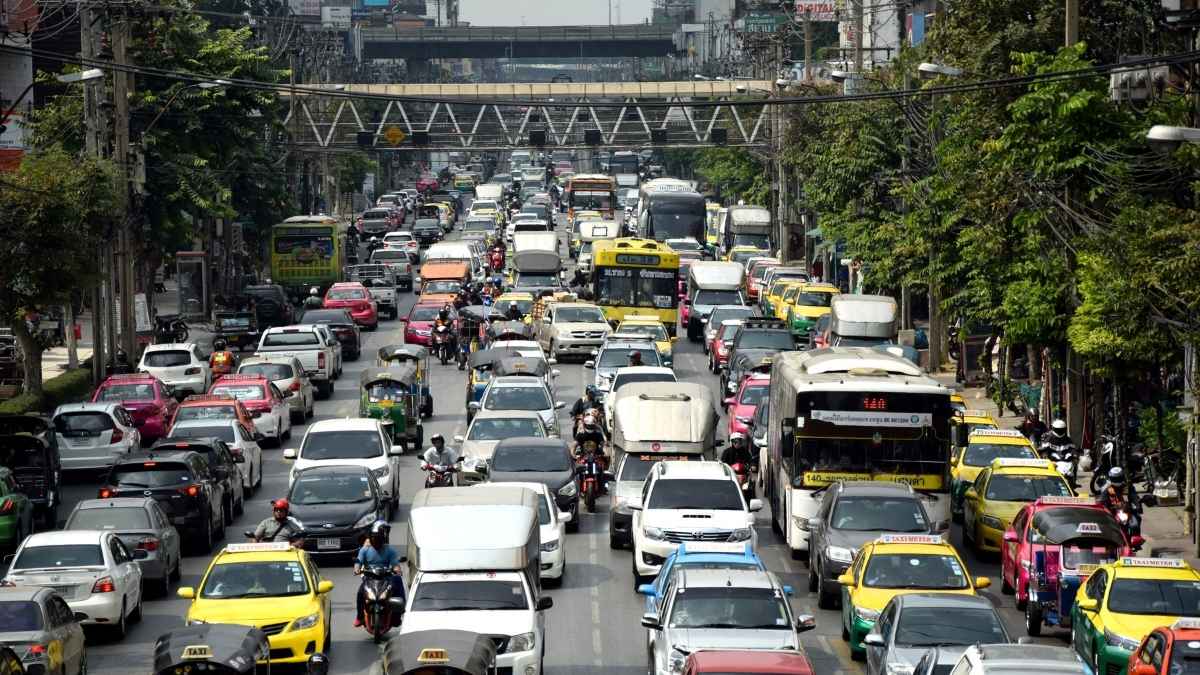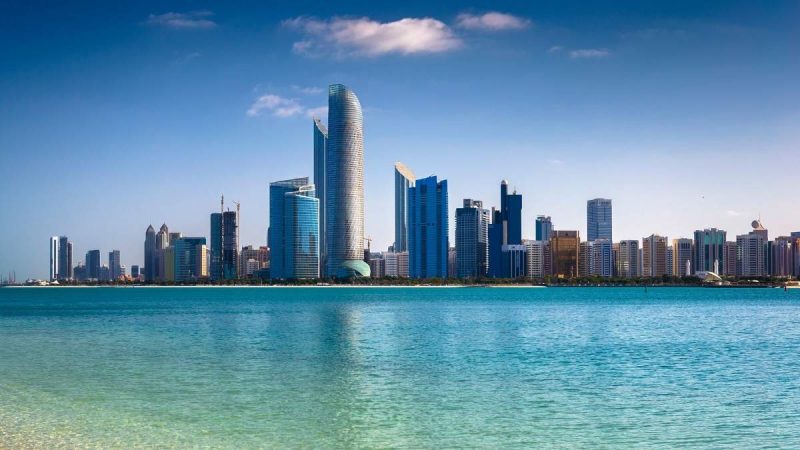It’s hard to imagine Abu Dhabi minus the traffic jams or endless car horns. But guess what, that vision is inching closer to reality. The UAE leadership has greenlit an AED42-billion project to give Abu Dhabi a serious glow-up, and this time, it’s all about walkability, community, and cutting the car habit.
Abu Dhabi’s AED42-Billion Push For A Walkable Future
The first phase of the Abu Dhabi Liveability Strategy has revealed that average district completion scores across the emirate have reached 81 per cent in 2025, with an additional AED42 billion allocated for new projects under the second phase of the strategy. pic.twitter.com/Lqlog3Ejwh
— مكتب أبوظبي الإعلامي (@ADMediaOffice) September 29, 2025
This isn’t some shiny urban plan destined to gather dust on a shelf. It’s the real backbone of a bold Liveability Strategy, one that’s actually designed to pull neighbourhoods closer, stitch by stitch. The goal? To make getting around so easy that walking, cycling, or catching public transport just slips into your daily rhythm. No overthinking. No hassle. And really, who wouldn’t swap a noisy traffic jam for leafy paths and a proper lungful of fresh air?
Walkable Neighbourhoods, Real Connections
Here’s where it gets interesting. The first phase of the plan already bumped up neighbourhood integration from 67% to 81% between 2023 and 2025. That’s not just a number, that’s real impact. Over 60 projects worth AED12 billion have rolled out, including 200 parks, 24 schools, 21 mosques, and 28 majlises. Add in 120 kilometres of walking paths, 283 cycling tracks, and hundreds of beautification projects, and you’ve got a city that actually invites you outside.
To be fair, gated communities had their moment. But their “keep to yourself” model is slowly being outshone by open, well-connected spaces. Why? Because if something isn’t in your neighbourhood, it’ll be just a short walk away in the next one.
“It’s Already Changing Our Daily Life”
For many residents, the difference is tangible. Omar Bu Saeed, 36, said the new mini-parks and cycling lanes have transformed the everyday rhythm of neighbourhoods. “Families can enjoy their evenings close to home. Dedicated paths mean fewer accidents and safer rides. And those new lights? They make the whole area feel alive, even after sunset.”
Urban planners are backing this shift, too. Yomna Garada from InSite, KEO’s planning arm, explained that integrated communities allow people to meet their daily needs within a 15-minute walk.
Parks, Mosques and Majlises, More Than Just Pretty Add-Ons
When you strip a city down to its essentials, what matters which is all about the parks, schools, and community spaces.
These new features aren’t about ticking planning boxes. They’re about giving people a sense of belonging. Beautified streets and cycling paths aren’t window dressing; they’re cues that say, “Hey, this is your neighbourhood. Own it.”
The Quiet Power of Green Spaces
Of course, there’s a deeper layer to all this. Psychiatrist Dr Shaju George points out that green spaces aren’t just good for Instagram; they work wonders for the brain. Parks and gardens reduce stress, boost mood, and improve mental health. Additionally, they encourage people to go outdoors, whether walking, jogging, or simply breathing fresher air.
Also Read: RTA Launches New Dubai To Abu Dhabi Intercity Bus Route With Tickets At AED 25
A Walkable City, A Stronger Community
The AED42-billion investment may sound massive, but in practice, it’s building something priceless, a future where people actually live in their city, not just drive through it.
Cover Image Courtesy: CanvaPro/ Nellmac from Getty Images Pro
For more such snackable content, interesting discoveries and the latest updates on food, travel and experiences in your city, download the Curly Tales App. Download HERE.First Published: October 08, 2025 12:45 PM





